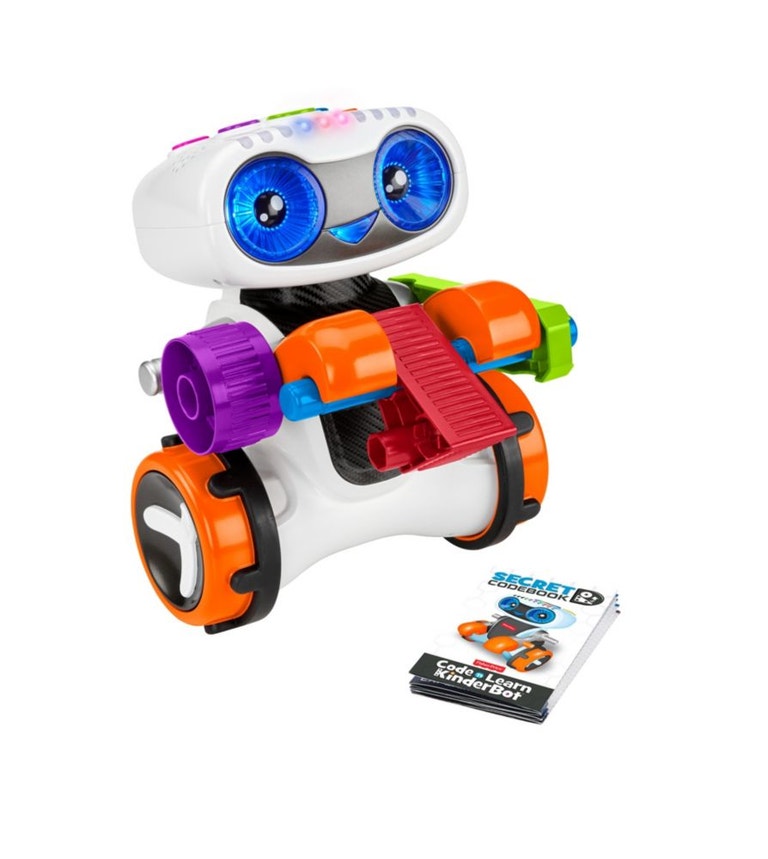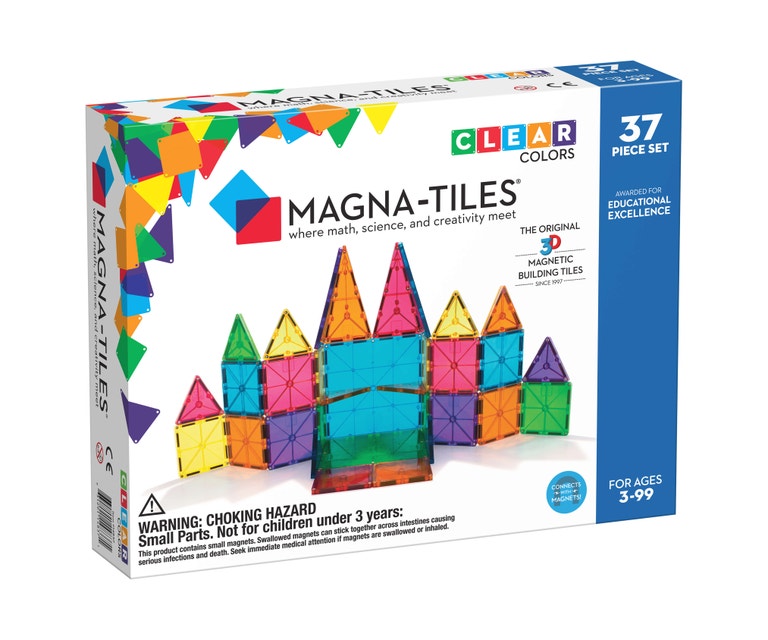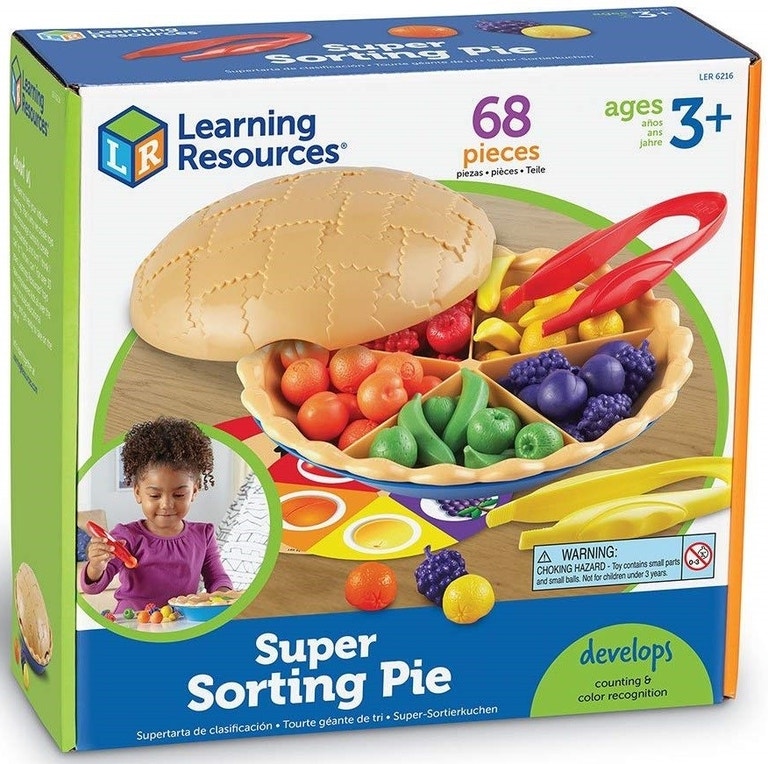
The Best STEM Christmas Gifts For Kids
by Meghan Moravcik WalbertIt can feel like the holiday toy-buying gets a little out of hand this time of year. We want to see our kids’ faces light up on Christmas morning, but we don’t want to drown in a sea of plastic to make it happen. That’s why adding a couple of STEM toys into the mix can be such a great middle ground. Kids are naturally curious little beings who like to dabble in science, technology, engineering and maths; parents like to feel as though at least some of their toys have educational value.
So I did some digging to pull together a few classic STEM toys, as well as newer arrivals that will bring out the curious learner in any child on your holiday list this year.
Science

I see no reason not to start teaching chemistry to your baby when we’ve got a book like Organic Chemistry for Babies at our disposal to introduce “the structure of organic, carbon-containing compounds and materials.”
Of course, as they get older, a beginner’s science experiment kit is also a must-have and there are lots of variations out there. You can’t go wrong with Fat Brain’s version, the Disgusting Science Kit, which encourages both scientific learning and potty humour.
Also, crystals. Kids love to grow some crystals, and this Mega Crystal Growing Lab from National Geographic will teach kids about crystal formation and it gives them a nightlight base to display five of their favourite crystals in their bedroom when they’re all done. It’ll be the beginning of their rock collection, because childhood is not childhood without a rock collection.
Another staple for every young scientist is a microscope, and Educational Insights has a couple of good options: The GeoSafari Jr. My First Microscope for preschoolers and the GeoSafari Jr. Talking Microscope for young elementary-aged kids. (Their Kidnoculars are pretty great, too.)
Technology

You’re already teaching your baby organic chemistry, so you might as well also grab a copy of Robotics for Babies; it’s never too early to learn these concepts.
Then, by the time your kid is around four years old, it’s time to learn a little coding! You can start to introduce the basic concepts of coding with this 22-piece “Coding Critter” play set. Or, for a more classic robotic look, you might try the Code ‘n Learn Kinderbot, which is also good for ages 3 to 6.
There are coding robots for older kids, too, like the Anki Cozmo, which has an easy-to-use interface that Good Housekeeping says allows kids to “explore and build programs from basic to more advanced.” It’s recommended for kids ages 8 and older.
Engineering

I have to start this section with one of my all-time favourite building toys: Magna-Tiles.
At $90 for a starter set of 37 pieces, they’re a little pricey (and there are cheaper versions of the same idea out there), but they’re incredibly sturdy. My son got his first set when he was four years old and just the other day, I came downstairs to find he had pulled them out from under the couch and was building some kind of structure to go along with other toys he was playing with. He’s nine years old now. We’ve built everything from simple ice cream cones to elaborate castles with these things, and every kid should have a set.
Runners-up for fun building toys:
- K’NEX, which has a whole “education” line of sets that come with lesson plans to help teach STEM topics.
- Snap Circuits, which kids can use to build a variety of electronics projects.
- Zoobs, which click together with rounded joints that more easily allow you to bend and manipulate your creations.
For more magnetic fun, the 51-piece GeoSmart Mars Explorer vehicle set is another solid option for kids who want to practice their engineering skills. It comes with four how-to designs, but kids can also create their own.
There’s also the ABCs of Engineering book for the littlest ones. A is for Amplifier, B is for Battery, C is for Carnot Engine. This book will give your infant a solid engineering foundation.
Maths

You should, of course, start with the Bayesian Probability for Babies book. (I can’t help myself; I love these so much.)
As they reach preschool age, the Monkey Maths game comes recommended from a couple of parents in our Offspring Facebook Group as a hands-on way to introduce simple addition to young kids. I also like the Super Sorting Pie, which includes 60 counters (seven fruits in five different colours).
Maths Dice Jr. is a good option for kids around six years old—it helps them practice addition and subtraction quickly in their head (and it’s small, so it would make a great stocking stuffer). For a more mathematically advanced child, you might try Maths for Love’s Prime Climb, which utilises addition, subtraction, multiplication and division to move around the board.
For a mix of new STEM activities, you might consider a subscription-based option like KiwiCo, which sends out “crates” of science-, engineering- and art-based projects each month. You can select a membership by age—starting as young as 0-24 months old for the “panda” line and up to a variety of options for teenagers.
Find more great bargains at Lifehacker Coupons.
As Lifehacker editors we write about stuff we like and think you'll like too. Lifehacker often has affiliate partnerships, so we may get a share of the revenue from your purchase.